
Volvo C30 Coupe (2007-2012) engines, drive and performance
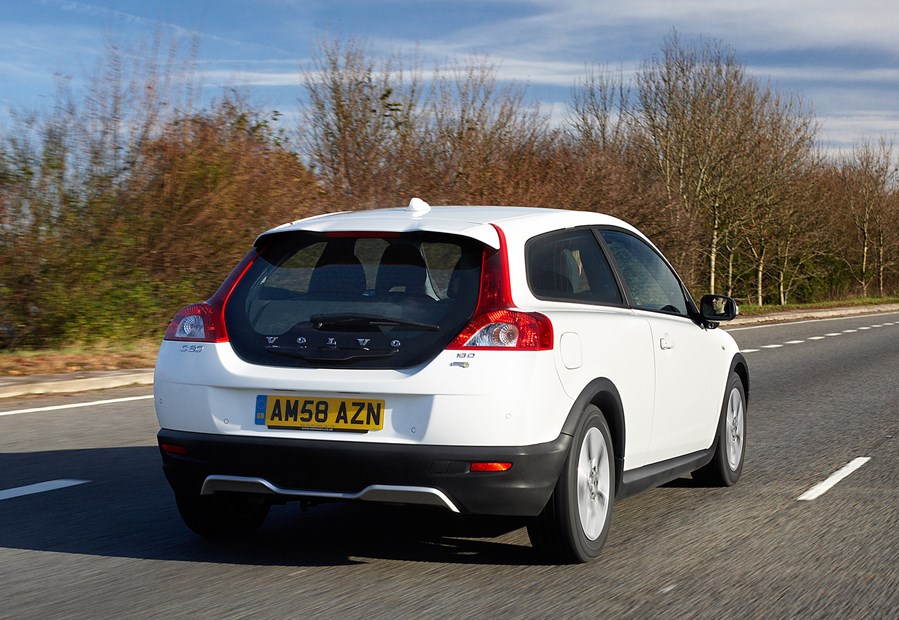
The Volvo C30 performance portfolio includes a broad range of petrol and diesel engines.
Petrol options
The entry level is a 100bhp 1.6-litre petrol, which underperforms given the car’s racy looks. The 125bhp 1.8-litre feels much livelier, reaching 62mph from rest in 10.8 seconds – a second quicker than the 1.6-litre. There is a 145bhp 2.0-litre capable of sprinting from 0-62mph in 9.4 seconds, while early C30s were also offered with a 170bhp 2.4-litre five-cylinder engine. The range-topper is a turbocharged T5 which originally had 220bhp but was upgraded to 230bhp in May 2007. This more powerful version manages to cover the 0-62mph benchmark in 6.7 seconds but because the turbo aids performance from very low down the rev range, it feels much more relaxed than a typical hot-hatch.
Diesel choices
Diesel choices are a 109bhp 1.6-litre, a 136bhp 2.0-litre and a 180bhp 2.4-litre D5. Both the larger versions offer brisk, satisfying performance, though the D5 feels the more relaxed of the two and manages the 0-62mph sprint in 7.7 seconds while averaging 46mpg. The 1.6-litre has more than adequate performance, but since December 2008 has formed the basis of the C30’s low-emission DRIVe range. Longer third, fourth and fifth gear ratios ensure more economical and refined cruising, but can be a little frustrating if you suddenly expect the typical swell of diesel pulling power at low revs without having to change down. The pay-off is lower emissions and improved economy. The versions with start/stop are capable of an impressive 72mpg.
Parkers recommends
The lowest costs come via the DRIVe models, one of which has the 1.6-litre D2 diesel engine and offers claimed fuel economy of 78.5mpg on the combined cycle, with CO2 emissions an impressive 94g/km.
The C30 is based on the S40 and handles safely albeit with few thrills. It feels quite agile and responsive on twisting roads though and corners sharply with decent body control, but the let down is the steering which lacks feel. As a result it’s not as sporty as the looks would suggest and the more powerful models such as the D5 and T5 can sometimes struggle for grip, for instance when accelerating in the wet.
DRIVe low emission diesel models come with a lowered chassis to improve high-speed aerodynamic performance, but this has the added benefit of giving these versions a lower centre of gravity and making them feel more responsive on twisty roads.


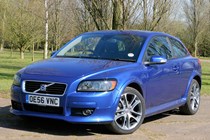
.jpg)
.jpg)
.jpg)
.jpg)
.jpg)
.jpg)
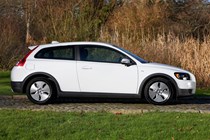
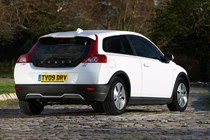
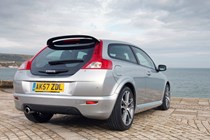
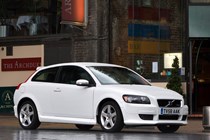
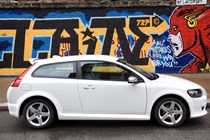
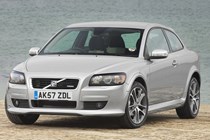
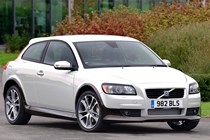
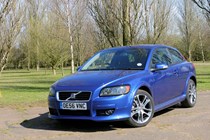
.jpg)
.jpg)
.jpg)
.jpg)

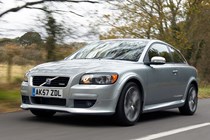
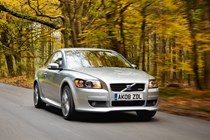

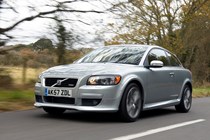
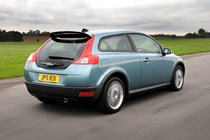
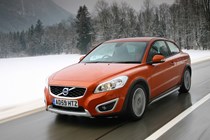
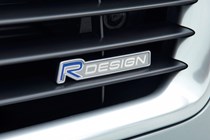
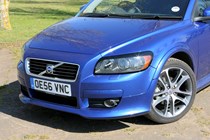
.jpg)
.jpg)
.jpg)
.jpg)
.jpg)
.jpg)
.jpg)
.jpg)
.jpg)
.jpg)
.jpg)
.jpg)
.jpg)
.jpg)
.jpg)
.jpg)
.jpg)
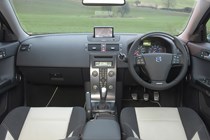
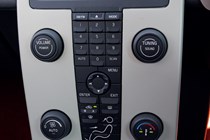
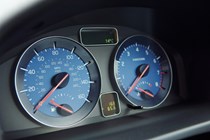
.jpg)
.jpg)
.jpg)
.jpg)
.jpg)
.jpg)
.jpg)
.jpg)
.jpg)
.jpg)
.jpg)
.jpg)
.jpg)
.jpg)
.jpg)
.jpg)
.jpg)
.jpg)
.jpg)
.jpg)
.jpg)
.jpg)
.jpg)
.jpg)
.jpg)
.jpg)
.jpg)
.jpg)
.jpg)
.jpg)

.jpg?quality=50)
.jpg?quality=50)
.jpg?quality=50)
.jpg?quality=50)
.jpg?quality=50)
.jpg?quality=50)








.jpg?quality=50)
.jpg?quality=50)
.jpg?quality=50)
.jpg?quality=50)









.jpg?quality=50)
.jpg?quality=50)
.jpg?quality=50)
.jpg?quality=50)
.jpg?quality=50)
.jpg?quality=50)
.jpg?quality=50)
.jpg?quality=50)
.jpg?quality=50)
.jpg?quality=50)
.jpg?quality=50)
.jpg?quality=50)
.jpg?quality=50)
.jpg?quality=50)
.jpg?quality=50)
.jpg?quality=50)
.jpg?quality=50)



.jpg?quality=50)
.jpg?quality=50)
.jpg?quality=50)
.jpg?quality=50)
.jpg?quality=50)
.jpg?quality=50)
.jpg?quality=50)
.jpg?quality=50)
.jpg?quality=50)
.jpg?quality=50)
.jpg?quality=50)
.jpg?quality=50)
.jpg?quality=50)
.jpg?quality=50)
.jpg?quality=50)
.jpg?quality=50)
.jpg?quality=50)
.jpg?quality=50)
.jpg?quality=50)
.jpg?quality=50)
.jpg?quality=50)
.jpg?quality=50)
.jpg?quality=50)
.jpg?quality=50)
.jpg?quality=50)
.jpg?quality=50)
.jpg?quality=50)
.jpg?quality=50)
.jpg?quality=50)
.jpg?quality=50)